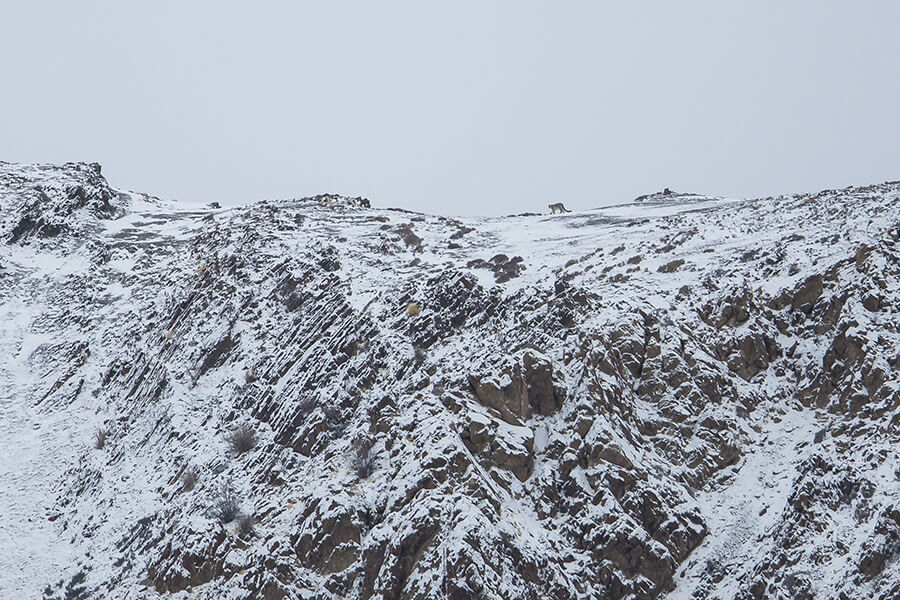Please find details below of a new article added to our Bibliography:
Title: Landscape connectivity and population density of snow leopards across a multi-use landscape in Western Himalaya
Author: Pal, R., Sutherland, C., Qureshi, Q., Sathyakumar, S.
Abstract: Human modification and habitat fragmentation significantly impact large carnivores requiring large, connected habitats to persist in a landscape. Understanding species responses to such change and the protection of critical areas and connectivity they provide is essential when planning effective conservation strategies. Our study examines the spatial distribution of the snow leopard (Panthera uncia) across a gradient of protection status, anthropogenic pressures and habitat types in the Gangotri landscape (~4600 km2), Western Himalaya. Using spatial capture-recapture modeling, we analyzed a 4-year camera trapping dataset (2015–2019) to assess the relationship between snow leopard movement and topography and identified the conducible areas for facilitating movement across the landscape. Snow leopard density was positively associated with elevation and slope, and was higher in protected areas (summer: 1.42 SE 0.02/100km2; winter 2.15 SE 0.03 vs. summer: 0.4 SE 0.01; win
ter: 0.6 SE 0.01 for unprotected areas). Precipitous terrain and several prominent mountain peaks were found to be resistant to snow leopard movement. Even with a range of human activities inside protected areas, the higher density suggests a positive impact of protection. Density-weighted connectivity showed that conducible areas are available between the Gangotri landscape and the adjacent protected areas. However, compared to protected area, these areas are relatively less used and require attention for management. We recommend regulating human activities and co-managing pastures with local communities to revive prey base outside protected areas, especially in corridors, to ensure such areas are functionally conducive. Our study provides a framework to collectively quantitate the spatial pattern of abundance, distribution and connectivity. Our approach has broad applicability for policymakers to develop strategic plans for balancing the conservation of species, and other land uses in a multi-use landscape.
URL:

